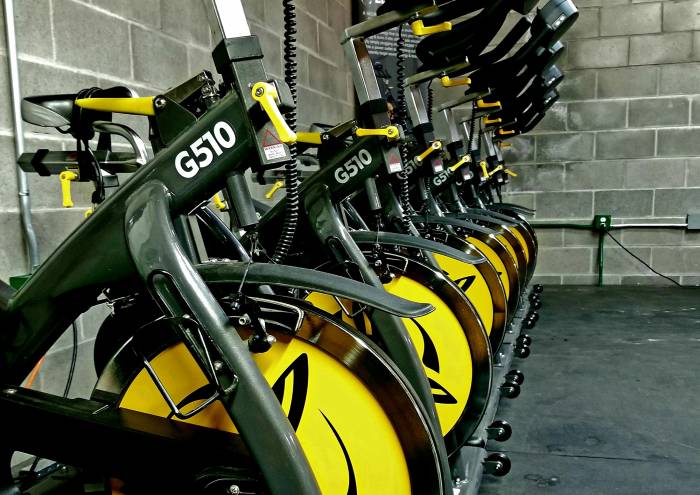A new crop of “eco-gyms” is sprouting up across the country. And this time, the futuristic idea might actually generate momentum.

The principle of eco-gyms seems simple: Machines convert human sweat equity to electricity, which is then used to power the buildings. The idea of saving the planet while sculpting a nice physique has proven to be a major customer draw, said Jose Avina, who opened Sacramento Eco Fitness at the end of 2016.
“We’re a gym with a cause,” he said. “We want to do something for the global community, and people are really supporting this idea.” There has been so much enthusiasm, in fact, that Avina is already exploring franchise possibilities.
Seems like a great idea. But does it actually work?
Eco-Gyms: Genius or Gimmick?
The notion of pedaling away calories to power a TV started about 25 years ago. It was around that time that environmental author Edward Abbey famously wrote, “All joggers should be chained to treadmills and compelled, under whiplash, to generate electricity.”
Whether Abbey inspired the eco-gym movement is unknown. What is known, however, is that the first eco-gym iterations didn’t keep customers in chains. Actually, they didn’t keep their members at all. The idea was soon abandoned.
Life went on. Humans discovered planets outside of our solar system. Starbucks added 14,000 more stores, and McDonald’s sold another 132 billion hamburgers. Then, around 2007, the idea resurfaced. A handful of fitness centers around the world tried it again. Again, most failed.











